1. Constant Maintenance and Repairs
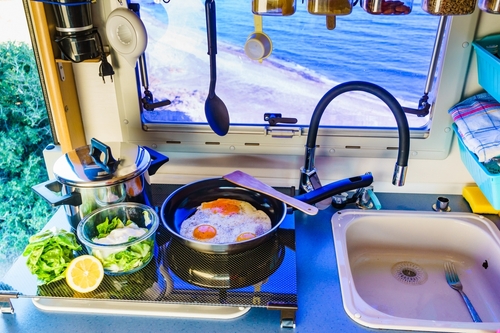
RVs might look dreamy online, but they’re rolling houses that shake down the highway—things always break. From leaky roofs to malfunctioning water heaters, the repair list never really ends. Even brand-new rigs often have warranty issues or factory defects that need fixing. Most influencers skip showing this because endless troubleshooting doesn’t exactly scream wanderlust.
The reality is that maintenance eats up both time and money. Many full-timers learn basic plumbing, electrical, and mechanical skills just to stay on the road. Shops specializing in RV repairs can have long wait times, especially in remote areas. So when you see those peaceful campsite shots, there’s probably duct tape or a toolkit just out of frame.
2. Dumping the Black Tank
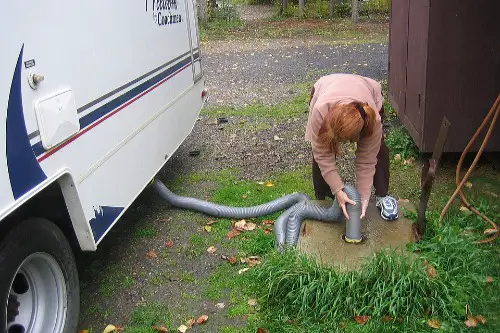
Let’s be honest—emptying the sewage tank isn’t exactly Instagram-worthy. Every RV has a “black tank” that collects waste, and it needs to be dumped regularly at designated stations. It’s messy, it smells, and accidents do happen, even to experienced travelers. Influencers rarely show this part because it kills the magic of that “free-spirited” lifestyle.
Managing waste on the road also takes planning. You have to track tank levels, find disposal points, and sanitize everything properly. In hot weather, odor control can become a real issue. It’s a non-glamorous reality of mobile living that’s as routine as brushing your teeth—but far less pleasant.
3. Cramped Living Quarters
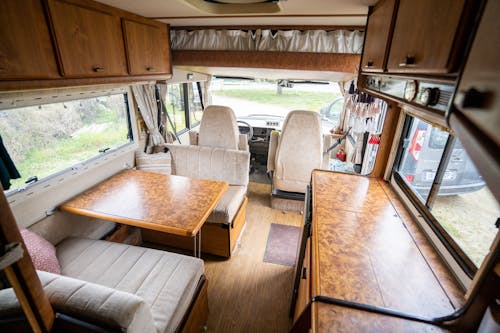
On camera, an RV can look spacious thanks to wide-angle lenses and good lighting. In reality, even large rigs feel tight once you add people, pets, and stuff. Privacy is limited, and small annoyances—like someone cooking while you’re trying to work—can feel magnified. Influencers often downplay this because clutter and tension don’t fit their brand aesthetic.
Space management becomes a constant puzzle. You have to minimize possessions, think vertically, and constantly tidy up. Poor weather days make it worse because everyone’s stuck inside together. It’s cozy, yes—but sometimes in the way a closet is cozy.
4. Internet Struggles and Dead Zones
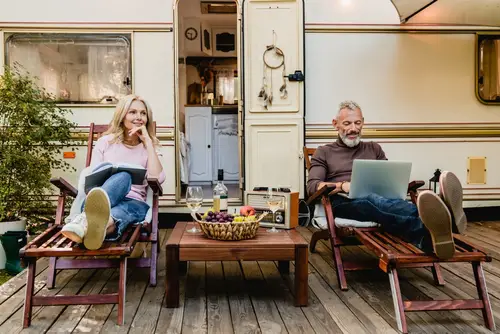
Posting travel content means reliable internet, but in many remote spots, it’s a struggle. Campgrounds often have weak Wi-Fi, and cell coverage drops in national parks or rural highways. Influencers rely on boosters, multiple data plans, and Starlink satellites just to upload a video. You won’t see the hours spent waiting for a file to finish sending.
Connectivity issues affect more than just social media—it’s how many make a living. Missed deadlines or live streams can mean lost income. Some even plan routes around cell towers instead of scenery. So while it looks spontaneous, the digital nomad lifestyle is often driven by signal strength.
5. Weather-Related Chaos
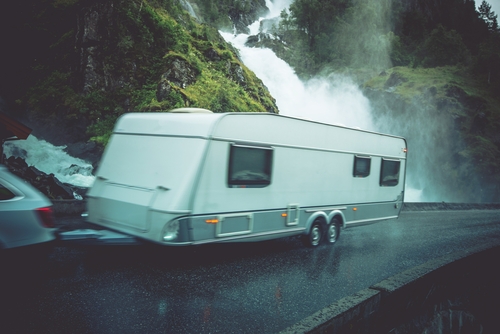
Beautiful sunsets sell, but bad weather happens far more often. Strong winds can make driving dangerous, and sudden storms can flood campsites or knock out power. Heat waves push AC units to their limits, while cold snaps freeze pipes and tanks. Influencers usually film between extremes to keep everything looking idyllic.
Weather also dictates movement and costs. Staying cool or warm can spike fuel and propane use. Unexpected conditions can force reroutes or days stuck indoors. The road doesn’t always care about your itinerary—or your next upload schedule.
6. Limited Access to Healthcare

When you’re constantly moving, finding consistent medical care is tough. Many RVers depend on urgent care clinics or telehealth visits instead of regular doctors. Prescription refills can be complicated if you’re crossing state lines often. Influencers typically gloss over this, preferring to focus on the freedom, not the logistics.
Health insurance can also be tricky for nomads. Some plans don’t cover out-of-state providers or certain mobile lifestyles. Minor issues can become major headaches when you’re far from familiar facilities. It’s a hidden stressor that rarely fits into a travel reel.
7. Parking and Overnight Struggles
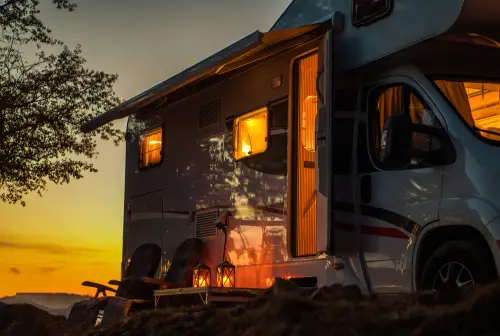
Those peaceful forest spots? Often hard-earned. Finding legal, safe, and level parking isn’t easy, especially for larger rigs. Many public lands are reducing dispersed camping, and urban areas have strict “no overnight parking” rules. Influencers might show the arrival, but not the two hours spent scouting the location.
Overcrowding is another growing problem. As RV travel becomes trendier, free spots fill up fast—especially near popular parks. Some travelers resort to Walmarts or rest stops, which are less picturesque. It’s part of the reality behind those “we just pulled in here” captions.
8. Financial Realities Behind the Freedom
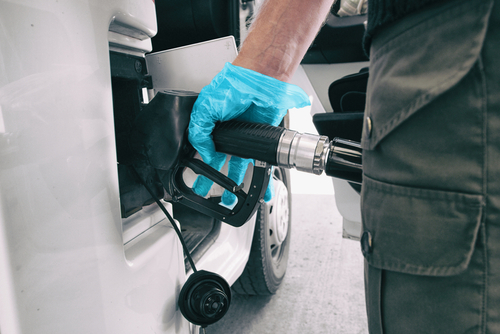
The full-time RV lifestyle can be more expensive than it looks. Fuel alone can eat a big chunk of the budget, especially for motorhomes. Campground fees, maintenance, insurance, and internet all add up quickly. Influencers often supplement income through sponsorships or digital work, but that’s not the norm for everyone.
Budgeting on the road requires discipline and flexibility. Prices vary by region, and surprise repairs can drain savings fast. Many RVers work seasonally or remotely just to sustain the lifestyle. The “freedom” people see online often comes with a lot of behind-the-scenes hustling.
9. Loneliness and Social Isolation
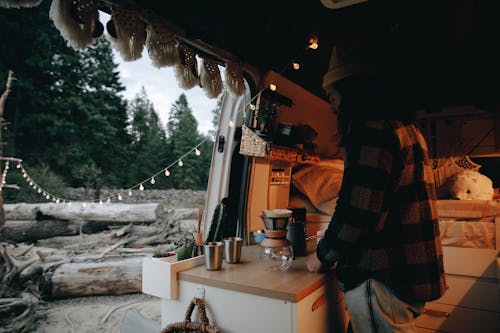
The open road can get quiet—sometimes too quiet. Constant movement makes it hard to maintain friendships or community ties. Even couples and families can feel isolated after months of travel. Influencers tend to share meetups and gatherings, not the stretches of solitude in between.
Building connection on the move takes effort. Some join RV clubs or attend “vanlife” events to find peers. Others rely heavily on online communities for support. Still, loneliness remains a top reason people eventually leave the road.
10. Burnout from Constant Planning
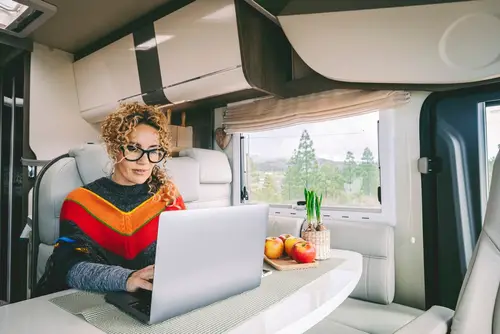
Spontaneity looks romantic, but real RV life involves constant logistics. You’re always thinking about routes, fuel stops, weather, and where to sleep next. Burnout creeps in when you’re juggling those decisions daily. Influencers may make it look breezy, but it’s often a full-time job behind the scenes.
Planning fatigue can turn travel into a checklist rather than an adventure. When everything—from water refills to dump stations—requires forethought, downtime feels rare. Many seasoned travelers eventually slow their pace or settle seasonally. It’s the only way to make the lifestyle sustainable long-term.
11. Inconsistent Sleep and Noise

Between generator hums, nearby campers, and highway pullouts, restful nights aren’t guaranteed. RVs have thin walls, so every sound carries. Boondocking near roads means truck noise; campgrounds can have late-night parties or barking dogs. Influencers usually post morning coffee scenes, not the restless nights before.
Sleep issues can pile up fast. Constantly adjusting to new time zones or elevations doesn’t help. Over time, poor rest affects mood and decision-making. Some invest in white noise machines or earplugs just to get consistent sleep.
12. The Emotional Rollercoaster
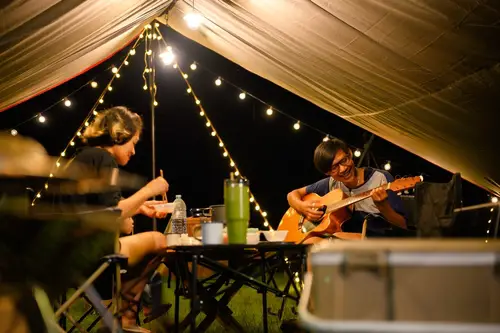
Life on wheels amplifies everything—the highs are incredible, and the lows can hit hard. Mechanical issues, financial stress, or feeling far from family can wear you down. Influencers tend to share the triumphs, not the tears in parking lots or the doubts about continuing. That emotional toll is real, even if it doesn’t make the cut.
Still, many wouldn’t trade it for anything. The sense of freedom, connection to nature, and self-reliance can be deeply rewarding. But it’s important to remember that every stunning view likely came after a few rough patches. The lifestyle is beautiful, but it’s not effortless.
This post 12 Things RV Influencers Never Show You Behind the Edits was first published on Greenhouse Black.
